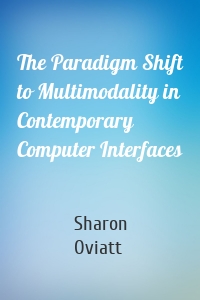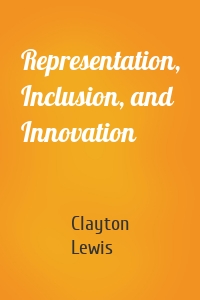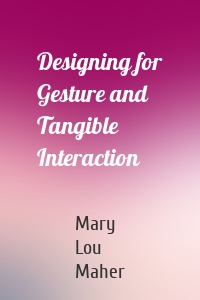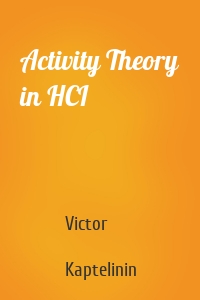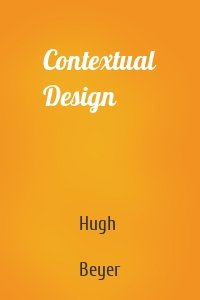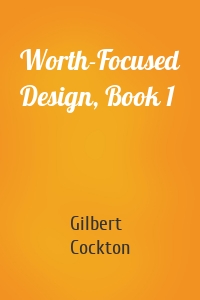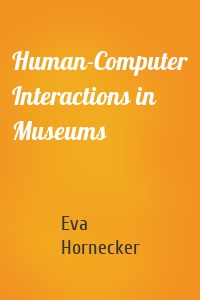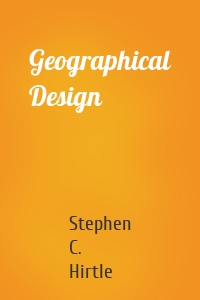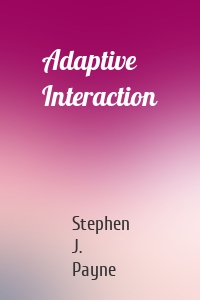Серия "Synthesis Lectures on Human-Centered Informatics"
39 кн.Скачать лучшие книги серии Synthesis Lectures on Human-Centered Informatics - автор Alan Dix в формате fb2 или читать онлайн, бесплатно и без регистрации. Читаемые, полные версии книг, без сокращений - на сайте Knigism.online. Скачать книги полностью в количестве 39 шт.
Research in the Wild
The phrase «in-the-wild» is becoming popular again in the field of human-computer interaction (HCI), describing approaches to HCI research and accounts of user experience phenomena that differ from those derived from other lab-based methods. The phrase first came to the forefront 20-25 years ago when anthropologists Jean Lave (1988), Lucy Suchman (1987), and Ed Hutchins (1995) began writing about cognition being in-the-wild. Today, it is used more broadly to refer to research that seeks to...
| Автор | Paul Marshall |
Qualitative HCI Research
Human-Computer Interaction (HCI) addresses problems of interaction design: understanding user needs to inform design, delivering novel designs that meet user needs, and evaluating new and existing designs to determine their success in meeting user needs. Qualitative methods have an essential role to play in this enterprise, particularly in understanding user needs and behaviours and evaluating situated use of technology. Qualitative methods allow HCI researchers to ask questions where the...
| Автор | Ann Blandford |
Designing for Gesture and Tangible...
Interactive technology is increasingly integrated with physical objects that do not have a traditional keyboard and mouse style of interaction, and many do not even have a display. These objects require new approaches to interaction design, referred to as post-WIMP (Windows, Icons, Menus, and Pointer) or as embodied interaction design. This book provides an overview of the design opportunities and issues associated with two embodied interaction modalities that allow us to leave the traditional...
| Автор | Mary Lou Maher |
Activity Theory in HCI
Activity theory – a conceptual framework originally developed by Aleksei Leontiev – has its roots in the socio-cultural tradition in Russian psychology. The foundational concept of the theory is human activity, which is understood as purposeful, mediated, and transformative interaction between human beings and the world. Since the early 1990s, activity theory has been a visible landmark in the theoretical landscape of Human-Computer Interaction (HCI). Along with some other frameworks, such as...
| Автор | Victor Kaptelinin |
Contextual Design
Contextual Design is a user-centered design process that uses in-depth field research to drive innovative design. Contextual Design was first invented in 1988 and has since been used in a wide variety of industries and taught in universities all over the world. It is a complete front-end design process rooted in Contextual Inquiry, the widespread, industry-standard field data gathering technique. Contextual Design adds techniques to analyze and present user data, drive ideation from data, design...
| Автор | Hugh Beyer |
HCI Theory
Theory is the bedrock of many sciences, providing a rigorous method to advance knowledge, through testing and falsifying hypotheses about observable phenomena. To begin with, the nascent field of HCI followed the scientific method borrowing theories from cognitive science to test theories about user performance at the interface. But HCI has emerged as an eclectic interdiscipline rather than a well-defined science. It now covers all aspects of human life, from birth to bereavement, through all...
| Автор | Yvonne Rogers |
Multitasking in the Digital Age
In our digital age we can communicate, access, create, and share an abundance of information effortlessly, rapidly, and nearly ubiquitously. The consequence of having so many choices is that they compete for our attention: we continually switch our attention between different types of information while doing different types of tasks–in other words, we multitask. The activity of information workers in particular is characterized by the continual switching of attention throughout the day. In this...
| Автор | Gloria Mark |
User-Centered Agile Methods
With the introduction and popularization of Agile methods of software development, existing relationships and working agreements between user experience groups and developers are being disrupted. Agile methods introduce new concepts: the Product Owner, the Customer (but not the user), short iterations, User Stories. Where do UX professionals fit in this new world? Agile methods also bring a new mindset – no big design, no specifications, minimal planning – which conflict with the needs of UX...
| Автор | Hugh Beyer |
Experience Design
In his book «In the blink of an eye» Walter Murch, the Oscar-awarded editor of The English Patient, Apocalypse Now, and many other outstanding movies, devises the Rule of Six – six criteria for what makes a good cut. On top of his list is «to be true to the emotion of the moment,» a quality more important than advancing the story or being rhythmically interesting. The cut has to deliver a meaningful, compelling, and emotion-rich «experience» to the audience. Because, «what they finally remember...
| Автор | Marc Hassenzahl |
Statistics for HCI
Many people find statistics confusing, and perhaps even more confusing given recent publicity about problems with traditional p-values and alternative statistical techniques including confidence intervals and Bayesian statistics. This book aims to help readers navigate this morass: to understand the debates, to be able to read and assess other people's statistical reports, and make appropriate choices when designing and analysing their own experiments, empirical studies, and other forms of...
| Автор | Alan Dix |



